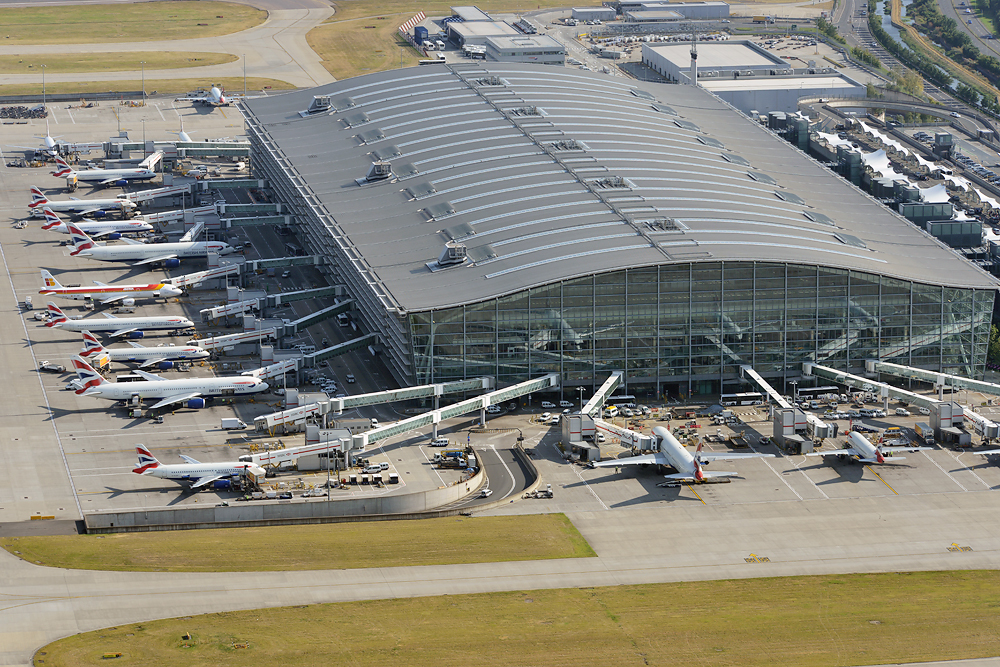Heathrow Airport, located in London, is one of the busiest and most important international airports in the world. As the main gateway to the United Kingdom, it plays a crucial role in global aviation, connecting millions of passengers to over 180 destinations across more than 90 countries. Established in 1946, Heathrow has grown significantly in both size and scope, now boasting five terminals that serve a wide range of airlines. Known for its state-of-the-art facilities and services, Heathrow is a central hub for business travelers, tourists, and cargo operations. In this article, we’ll explore the history, structure, and significance of Heathrow Airport, as well as its impact on global travel.
A rich history of growth and development
Heathrow Airport began as a small airfield in the 1920s, originally intended for military purposes during World War II. However, after the war, the airfield was transformed into a commercial airport, officially opening in 1946. Since then, Heathrow has undergone numerous expansions to accommodate the growing number of passengers and flights. The construction of Terminals 1 and 2 in the 1950s and 1960s marked the beginning of its transformation into a major international hub. By the time Terminal 5 was inaugurated in 2008, Heathrow had established itself as one of the largest airports in Europe. Each terminal is now equipped with modern amenities, offering passengers a seamless travel experience.
A gateway to the world
Heathrow is a vital hub for international travel, serving as the primary base for British Airways and hosting numerous other international carriers. Its extensive network of routes connects London to major cities across the globe, including New York, Dubai, Hong Kong, and Sydney. In 2019 alone, Heathrow handled over 80 million passengers, making it the seventh busiest airport in the world by passenger traffic. The airport is also an important cargo hub, facilitating the transport of goods between continents. With four runways and more than 200,000 annual aircraft movements, Heathrow remains a key player in both commercial aviation and global trade.
Facilities and services
Heathrow is renowned for its world-class facilities that cater to the needs of millions of travelers. The airport offers a wide range of services, from luxury lounges and shopping to dining options that cater to all tastes. Heathrow’s terminals are equipped with cutting-edge technology, including self-service kiosks, biometric security systems, and advanced baggage handling systems. In addition, the airport offers premium services such as fast-track security, private lounges, and VIP experiences for business travelers. Terminal 5, in particular, is known for its sleek, modern design and extensive retail and dining options, making it a favorite among frequent travelers.
